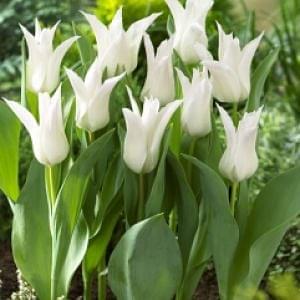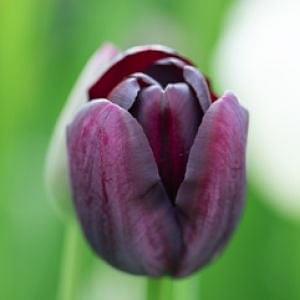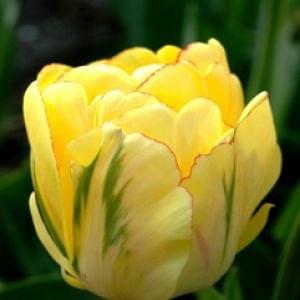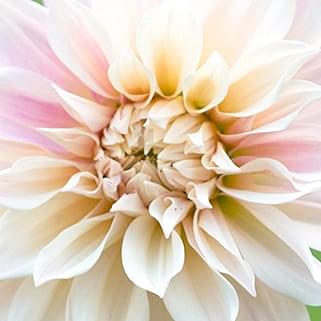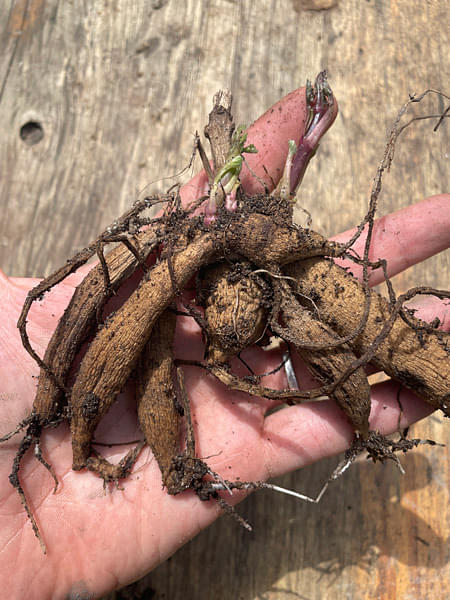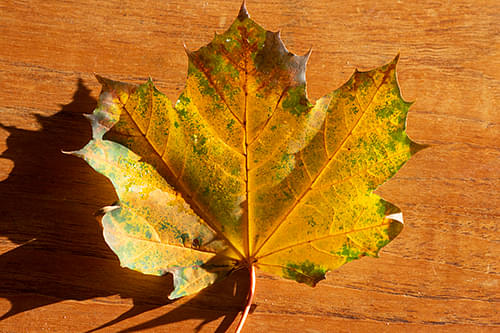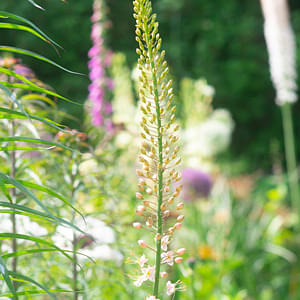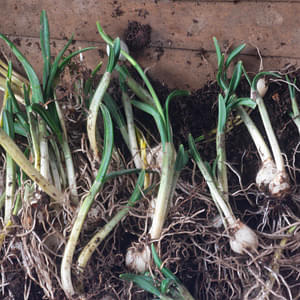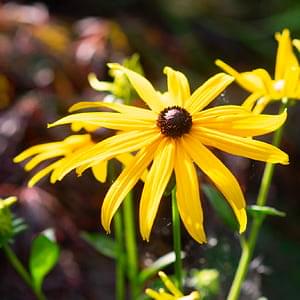How to plant tulips
- How to plant Bulbs - Autumn planting bulbs
- 28 Mar 2019
-
150views
There are just so many types of tulips! Their range of colour, height and form are truly miraculous. Use our website filters to help you choose the right selection for your garden.
How to plant tulips
- Tulip bulbs prefer fertile, well-drained soil
- Wet soggy soil can cause the bulbs to rot so lightening your soil with a little sand and gravel will do your bulbs the world of good.
- For sandy soils it is advisable to add some organic matter.
- Tulips prefer a neutral to alkaline soil and adding chicken pellets can improve the nutrient balance.
- Tulipa species bulbs like even more freely drained soils with the exception of tulipa sylvestris (the wild tulip) and tarda which require moist soil with some shade.
- Tulip bulbs should be planted from late October to December.
- Tulips need to be in cold ground for at least 10 weeks to flower at their best.
- Plant your bulbs around 15 cm deep and 5 to 15 cm apart (allow for around 75 to 100 bulbs per square meter).
- Once the shoots are around 15cm high use a fertiliser such as liquid seaweed every couple of weeks. Stop fertilising when the flower buds start to colour.
Where to plant tulip bulbs
Plant in full sun or light shade.
Tulips make fantastic displays in pots. Use fresh, peat-free or soil based compost mixed with a little grit in a cleaned pot and allow the following amounts of bulbs:
- 7 to 10 bulbs for a 20cm pot
- 13 to 15 bulbs for 30cm pot
- 20 to 25 bulbs for a 50cm pot
Can you leave tulips in the ground?
Most tulips flower well for one year then need lifting the soil. To do this, snip off the flower once it dies and let the foliage die back completely. Keep feeding the bulbs as the leaves die to aid the growth of the bulbs. Once the leaves are dead, lift the bulbs and store them in a dark, dry, airy place and allow the air to circulate around them. They can be replanted in the following autumn.
Some varieties of tulips, however are perennial or semi perennial and will return year after year. Tulipa (species tulips) Kaufmanniana and Greigii tulips can be left in the ground to naturalise. See our category Perennial Tulips to check the varieties.
Always unpack bulbs on arrival and store in a cool place until ready to plant. Tulip bulbs should not be eaten and can be poisonous to cats and dogs. Wear gloves when handling and planting.
What problem do tulip bulbs have?
Slugs and snails can attack the young tulips shoots so try to keep them down (check out our How to deal with slugs and snails advice!)
Botrytis, also known as tulip fire, can attack all parts of the tulip. It shows first as spots on the flowers and leaves and progresses to weaken and collapse the plant. If you spot the first signs of this disease immediately remove the bulb and plants and destroy, preferably in your garden waste bin. Botrytis is an airborne virus and can spread rapidly in the breeze so do not compost affected plants. Since the virus can remain in the soil for several years, it is important not to replant tulips in the same position for at least three years.




